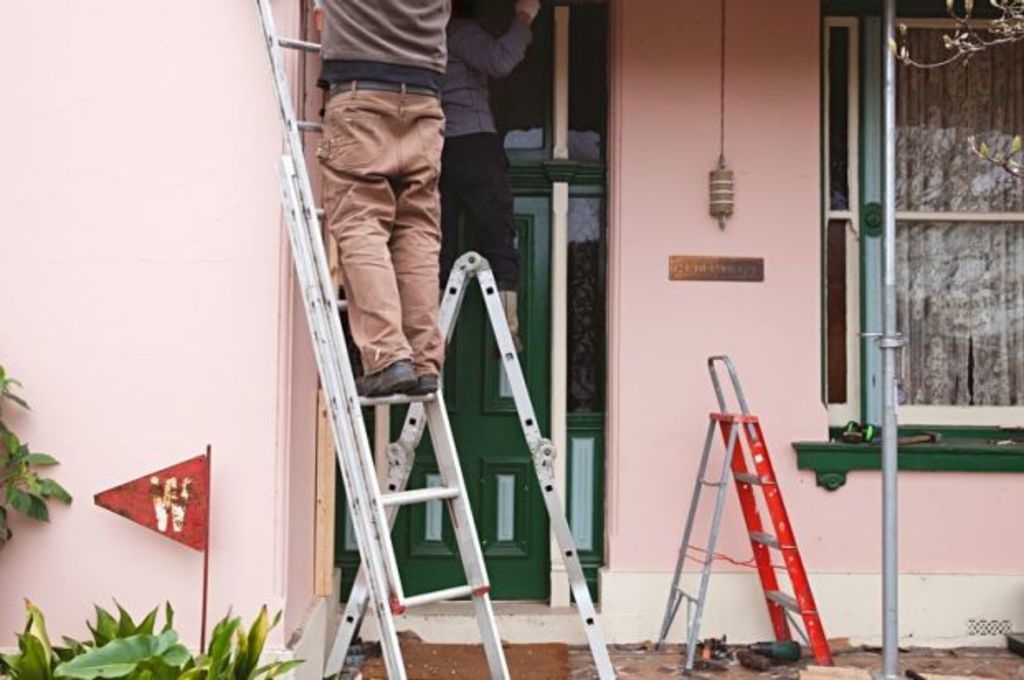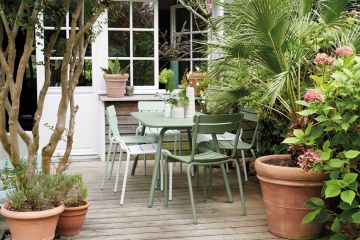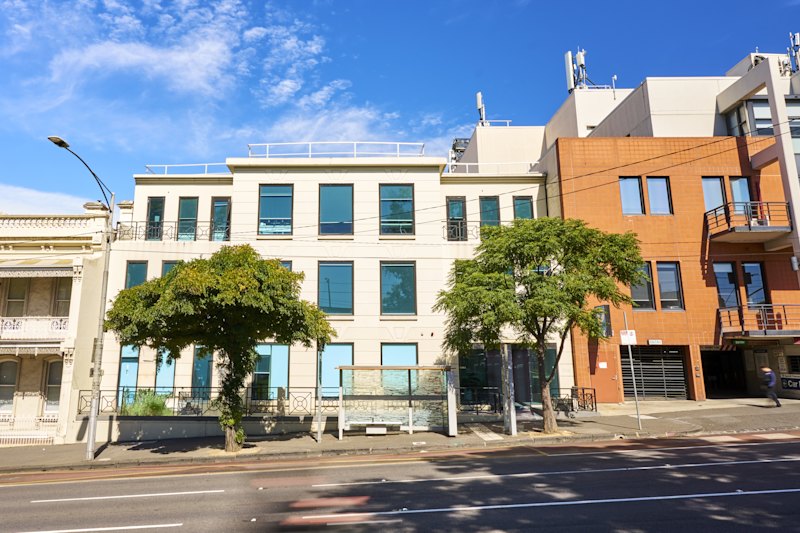Looking to sell your renovated home? Read this first

When selling your home, there are crucial steps and factors that can contribute to a successful outcome. Luck is sometimes part of an extraordinary result, but tried-and-true strategies are a much safer bet.
Preparing your home
It goes without saying that step one is to carefully prepare your property for the sale – and this might consist of a full overhaul or just some minor improvements. If you’re making improvements to your home for the sole purpose of selling, then those changes should only ever reflect the functional and aesthetic needs and wants of your target audience of buyers – and nothing else.
I usually recommend professional presentation of a property. This might be using all new (hired) furniture in place of your own, or if your budget is a bit tighter, using a mixture of your own and hired furniture and accessories.
Marketing your property
Once your property has been presented in the best way possible, it’s time to show it to its widest audience.
For renovated properties, I am a huge believer that dusk photos stand out most. Remember, one of the main points to get across is what a significant improvement you have made to it. Even if the changes are fairly minor, you can play these up with good photos and marketing. Buyers are likely to poke around the internet and find images of the property before it was renovated – so show them in the most dramatic way what has been done!
Great photos will catch the attention of prospective purchasers, but informative and persuasive advertising copy can get them to visit the property. Good copy for a renovated home gives details on what improvements have been made and why a prospective purchaser should see an increase in value from when the property was last purchased (pre-renovation). Clients of mine will often have renovations valued at much more than they actually spent, so the phrase “$x worth of renovations” is a good way to get this message across.

Before
At the open home
Your property needs to look spick and span for your open home days, but there are a few additional things can make a deal come together that little bit more seamlessly.
Beautiful marketing brochures and a print-out of comparable properties (which highlight the value of yours in relation to style, land size, sale price and date) are great tools for massaging buyers’ price expectations.
A list of amenities – shops, parks and hospitals – in your area is especially beneficial for non-local buyers, particularly if amenities pertaining to your target audience are very close to your home (for instance, if your target audience is families with young children and there is a great park or hidden bike track just down the road).
Having a list of all the improvements you have made to the property for the real estate agent to hand out is also a great resource. Your agent has a lot to remember during the open home times and often multiple people to talk to in a 30-minute window, so this is a great way to ensure all the information is passed across to potential buyers at that first inspection.

After
The crunch
I used to think that if a property is going to sell, it will sell itself. But these days I’m a firm believer in the power of clever and influential marketing followed very closely by a savvy and smart salesperson.
If you are serious about selling your property, then hit the market head-on from day one. Make it look great of course; and do yourself a favour – find an outstanding agent (like I did recently for a property in Brisbane) who knows that marketing and selling a renovated home is a different ball game altogether from a non-renovated one.
Jane Eyles-Bennett is renovation mad and has been a professional designer for 23 years. She was a renovation designer on the TV series Property Climbers, has won several interior design awards and has been design consultant to more than 600 property owners in the past nine years.
Have a renovation or design topic idea? Contact Jane at jane@hotspaceconsultants.com or via her website.
We recommend
We thought you might like
States
Capital Cities
Capital Cities - Rentals
Popular Areas
Allhomes
More







